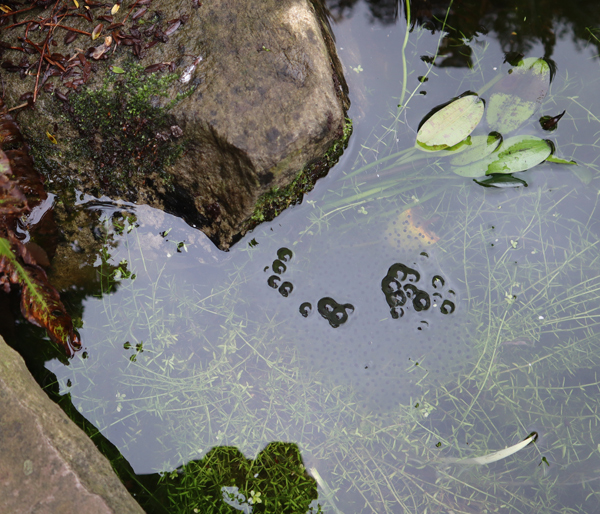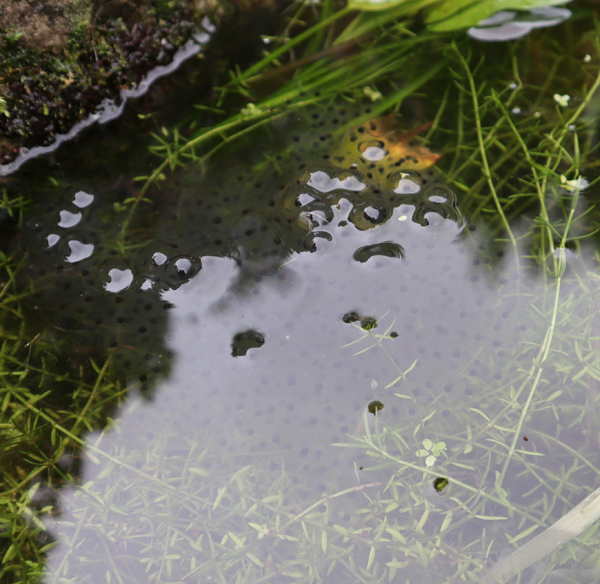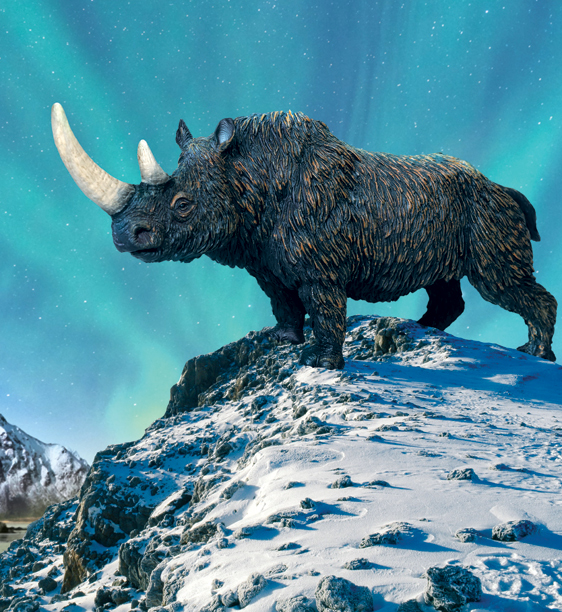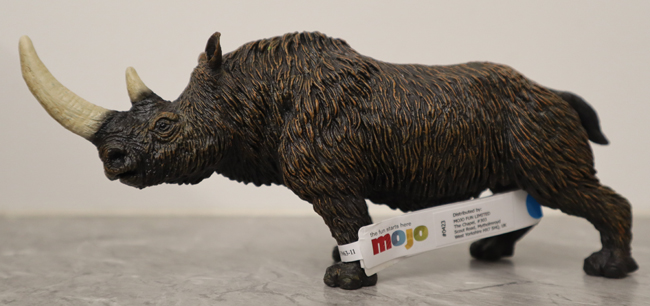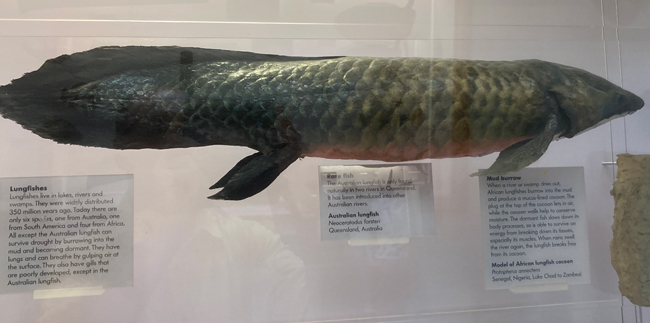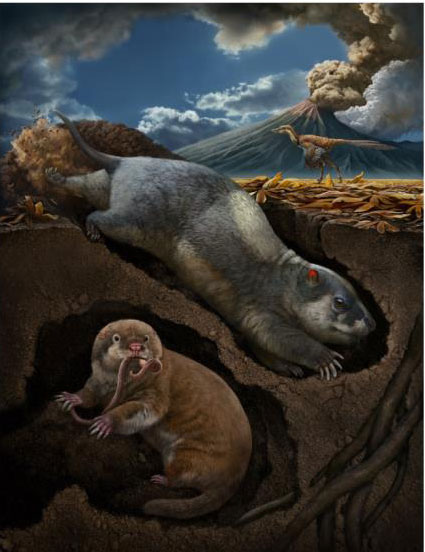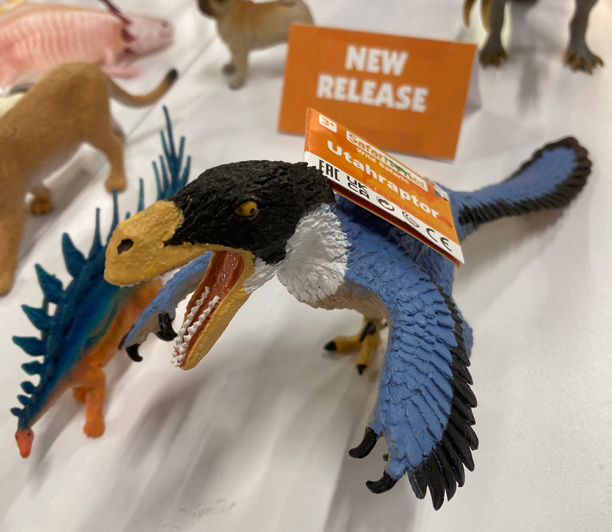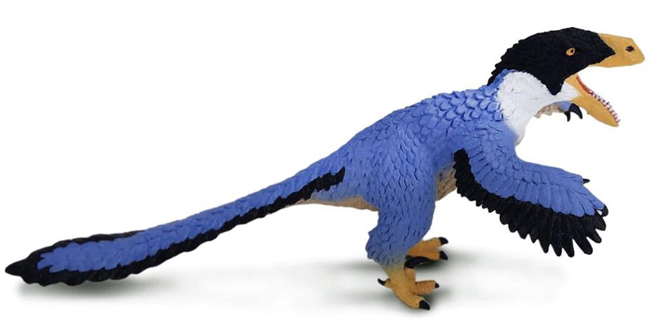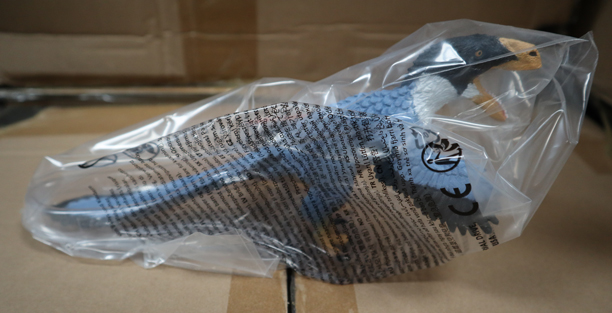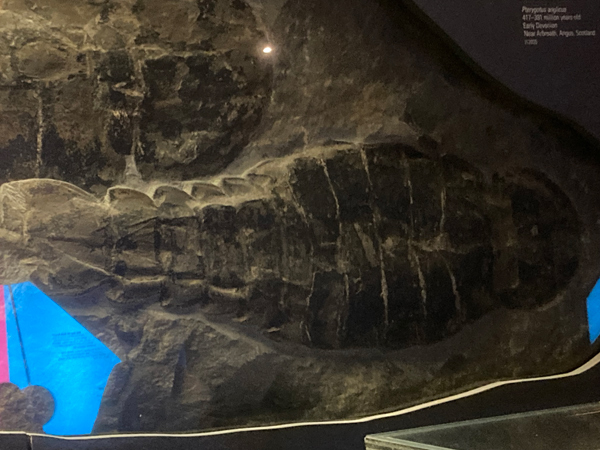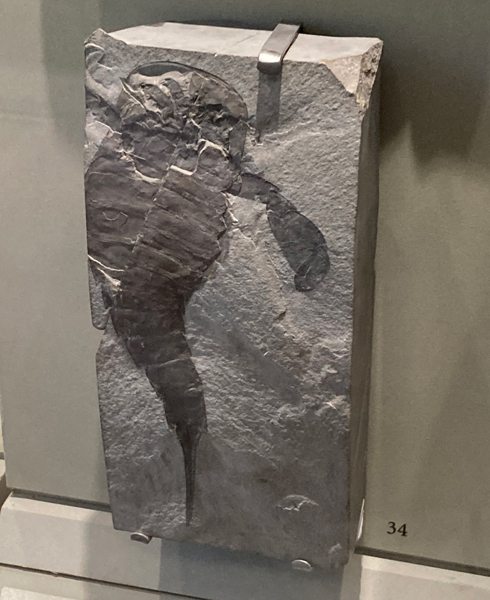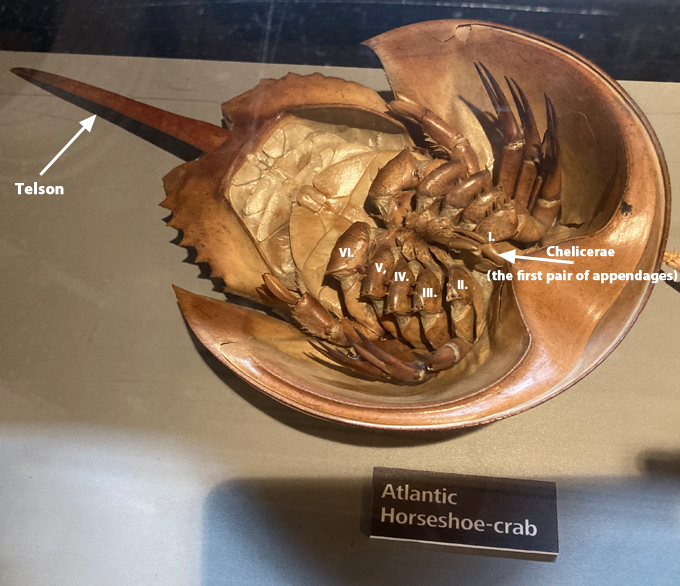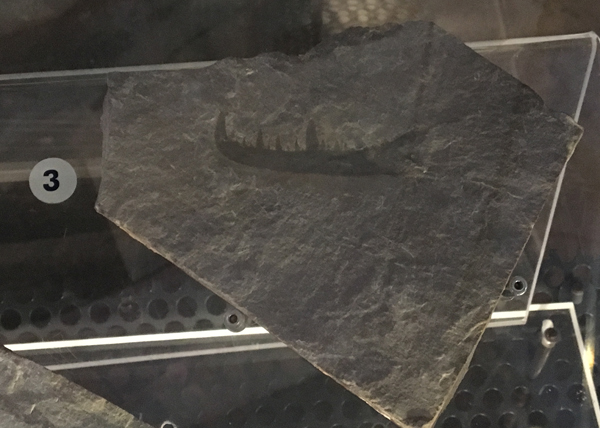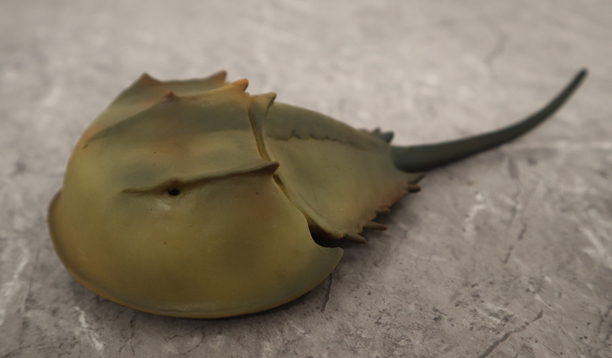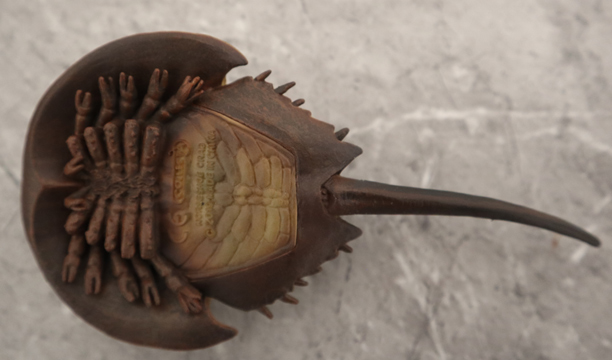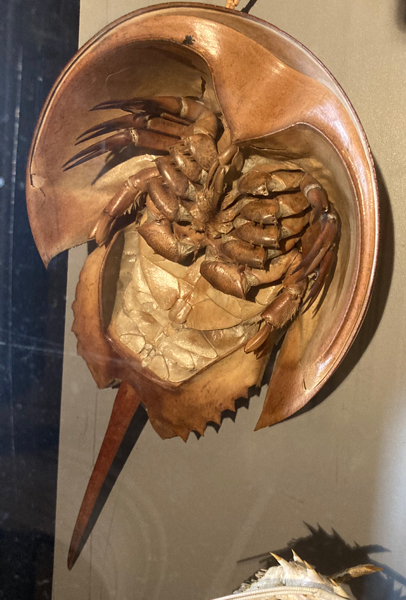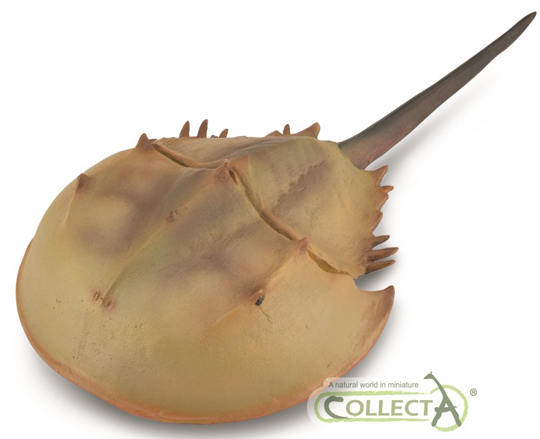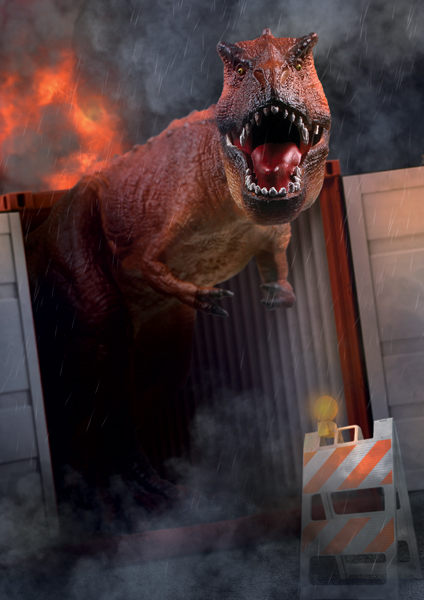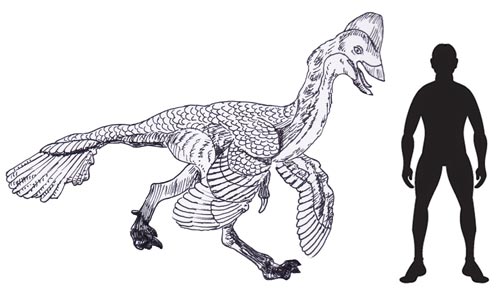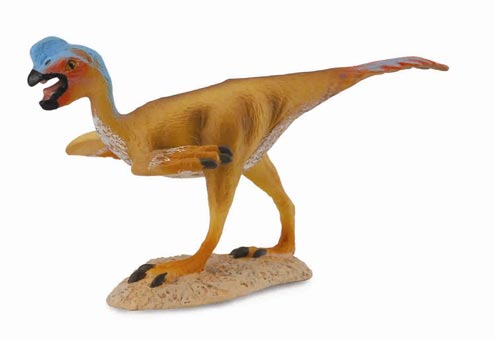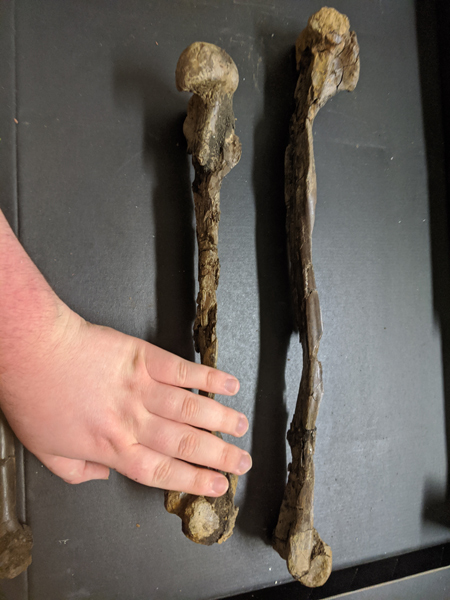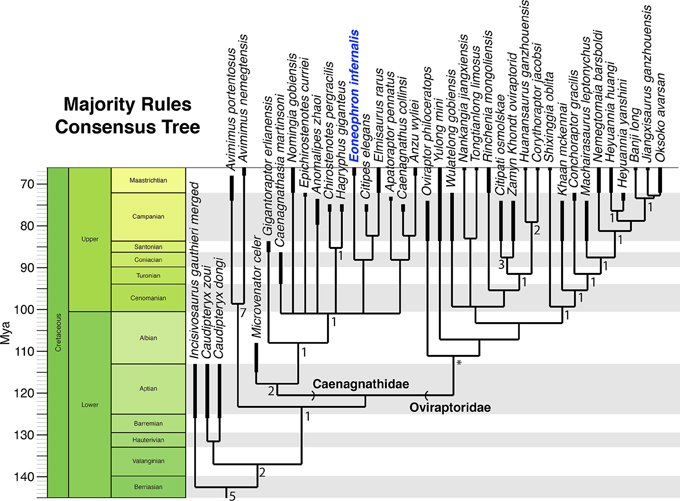New Study Demonstrates Tridentinosaurus Fossil is a Fake
A fossil once thought to represent an Early Permian reptile with soft tissue preservation has been proven to be a fake. The fossilised remains of a lizard-like reptile named Tridentinosaurus antiquus were found in the 1930s. It was thought to be an extremely rare fossil with carbonised skin impressions surrounding the articulated fossil bones. However, a detailed analysis of the specimen has revealed that these “soft tissues” were painted on.
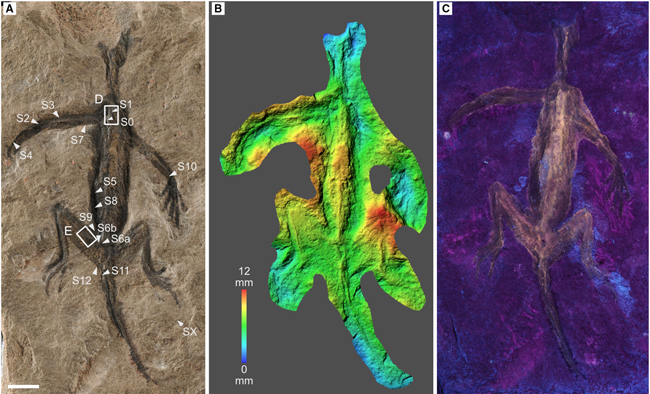
Tridentinosaurus antiquus Specimen is a Forgery
Discovered in the Italian Alps near the “Stramaiolo” (Redebus) locality in the Pinè Valley, the fossil was thought to represent one of the oldest, nearly complete and articulated reptiles known to science. Writing in the journal “Palaeontology”, the research team used a variety of techniques to analyse the surface structure of the twenty-centimetre-long fossil.
The results demonstrated that the purported fossilised soft tissues of Tridentinosaurus antiquus are not original. The fossil is a forgery. The paint applied within the prepared area around the poorly preserved bones and osteoderms, produced the shape of a slender lizard-like animal making the specimen look authentic.
Carbonised plant remains are known from the same locality. The forged body outline and soft tissues misled scientists who thought that the soft tissue had been carbonised just like plant fossils from this region. Under ultraviolet light the plant fossils did not fluoresce, however, the reptile fossil outline became fluorescent. Normally, carbonised fossil material does not fluoresce when exposed to UV light. However, artificial pigments, vanishes and glues are likely to become fluorescent.
The Validity of the Taxon is Doubted
Tridentinosaurus antiquus represents one of the oldest fossil reptiles known to science. The taphonomy and the appearance of this fossil had puzzled palaeontologists for decades. It was thought to represent a primitive diapsid reptile, a basal member of the Archosauromorpha that gave rise to the dinosaurs, crocodiles and birds.
The researchers were able to confirm that many of the features of this specimen had been forged. This discovery raises questions about the validity of this enigmatic taxon.
Despite the manipulation of the specimen, it may still have scientific value. The poorly preserved long bones of the hindlimbs seem to be genuine and resemble the quality of preservation of exposed bones of Late Triassic pterosauromorphs such as Scleromochlus. Perhaps, this fossil is an example of the lineage of basal archosaurs that gave rise to the flying reptiles (Pterosauria).
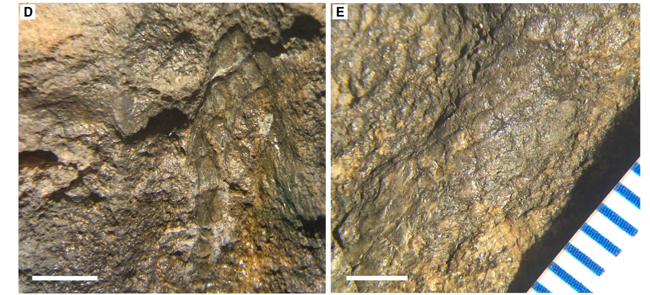
Why Fake a Fossil?
Fossils are sometimes manipulated to make them more valuable to collectors. If the fossil can be seen to be more complete or rare it can greatly enhance their monetary value.
Everything Dinosaur acknowledges the assistance of a media release from the Museum of Nature South Tyrol (Naturmuseum Südtirol) in the compilation of this article.
The scientific paper: “Forged soft tissues revealed in the oldest fossil reptile from the early Permian of the Alps” by Valentina Rossi, Massimo Bernardi, Mariagabriella Fornasiero, Fabrizio Nestola, Richard Unitt, Stefano Castelli, Evelyn Kustatscher published in Palaeontology.
Visit the Everything Dinosaur website (there are no fakes here): Everything Dinosaur.


